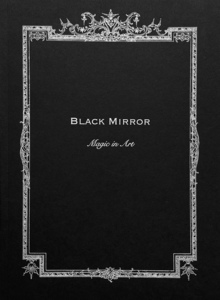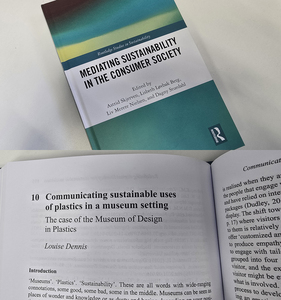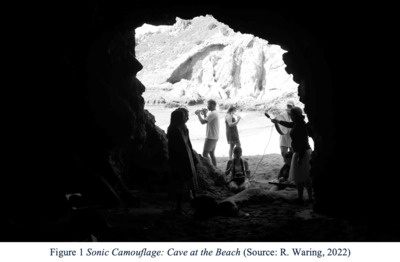This book demonstrates the relevance and importance of cognitive linguistics when applied to the analysis and practice of graphic design/communication design.
Phil Jones brings together a diverse range of theory and organizes it in accordance with different stages in the design process. Using examples from contemporary communication design, as well as more familiar selections from the graphic design canon as case studies, this book provides an account of how meanings are made by users, and suggests new strategies for design practice. It seeks convergences between the ways that graphic/communication designers think and talk about their practice and the theories emerging from cognitive science.
This book will be of interest to scholars working in design, graphic design, the philosophy of art and aesthetics, communication studies, and media and film studies.
 |



 Lists
Lists Lists
Lists![Cover Image: Oded Ezer, Detail from the Typosperma project, 2005–2006 [thumbnail of Cover Image: Oded Ezer, Detail from the Typosperma project, 2005–2006]](https://research.aub.ac.uk/472/1.haslightboxThumbnailVersion/9781003268291.jpg)









